Positive Health Online
Your Country

Therapeutic Use of Green-Lipped Mussel Extract (GLME) in the Inhibition of Arthritic Degenerative Joint Processes
listed in arthritis, originally published in issue 229 - April 2016
Arthritic disorders are some of the most painful and debilitating conditions affecting elderly people worldwide. In the UK it has been estimated that up to 67 million people will have been diagnosed with arthritis by the year 2030 with over one third of these people experiencing limited activity related to arthritic conditions.
Such large numbers of people requiring medical assistance and medication will impose a huge burden on the national health services. Any intervention, whether nutritional, nutraceutical or pharmaceutical that can help reduce the pain and disability of people afflicted with arthritic conditions and also the burden on health services has to be of significant interest.
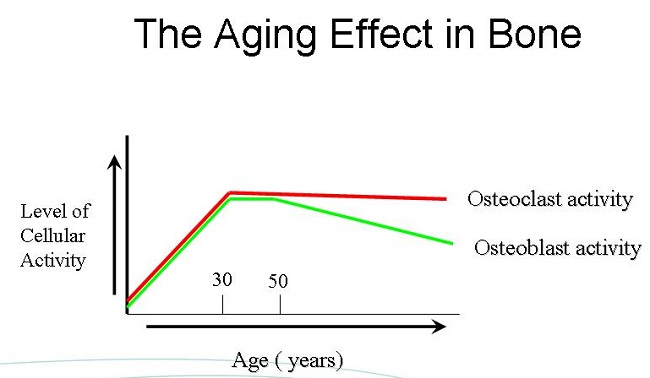
Degenerative Joint Processes in Arthritis
Many different forms of arthritis exist but can be basically classified as rheumatoid arthritis or osteo arthritis. Osteo arthritis is the more common of these two conditions since it is related to ageing. However, neither rheumatoid or osteo arthritis are restricted to elderly people. A third condition, which is related to osteo arthritis is osteo arthrosis and is strictly a condition of ageing.
Chronic rheumatoid arthritis, osteo arthritis and age related osteo arthrosis are each responsible for degenerative functions that take place in the articular joint tissues to break down cartilage, erode bone surfaces and denature lubricating fluids and membranes. The basic components of articular joints are cartilage, bone, tissue fluids and membrane tissues.
Cartilage is the important shock-absorbing component separating the bone surfaces and is comprised of collagens, proteoglycans and tissue fluids. The articular joint membrane is comprised of cells which secrete hyaluronic acid for the lubricating synovial fluid and also allow transport of oxygen and nutrients into, and worn cartilage detritus out of, the joint capsule.
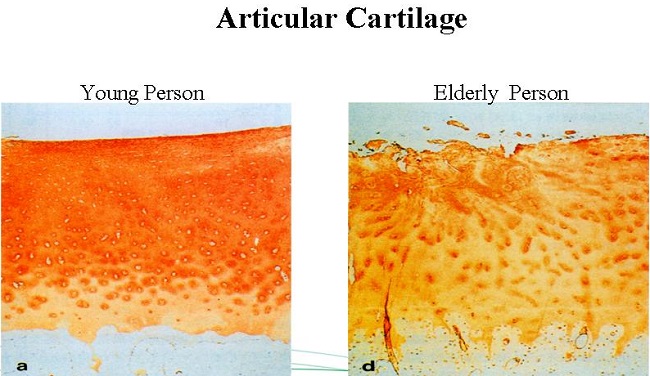
Rheumatoid Arthritis (RA)
The cause of RA is not yet fully understood, however, several factors have been linked to the onset of the disease amongst which genetic predisposition, stress and smoking appear to be relevant.[1,2,3] It is clear, however, that this disease involves an auto immune, inflammatory reaction due to the immune system attacking its own healthy body tissue. While RA can affect organs such as the heart, lungs et al it is mostly associated with the joints. Here RA creates excessive amounts of the lubricant synovial fluid resulting in inflammation and swelling and also attacking the synovial tissue lining of the joint.
If this acute form of RA develops into chronic RA it also begins to degrade other joint tissue leading to problems in mobility. In this way RA, although basically classed as an inflammatory condition is also involved in degenerative processes. The pathological mechanisms involved in RA begin with the over-stimulation and activity of the immune system cells including white cells, T-cells, neutrophils and macrophages. Under normal conditions the immune cells circulate in the blood stream unless stimulated by pro-inflammatory cytokines (low molecular weight protein molecules) created by RA.
Concurrent with the stimulation of T-cells and neutrophils, a change in the integrity of the endothelial lining of the blood vessels takes place allowing the escape of these upregulated cells to occur (extravasation) and to then attack healthy tissue.
The RA stimulated activity of small protein molecules (called cytokines) which trigger inflammatory reactions in cells, also influences other cells (called synovial fibroblasts) to initiate the activity of matrix degrading enzymes (matrixmetalloproteinases) in the joint. Thus, chronic RA, in addition to its primary role as an inflammatory autoimmune disease, also performs a degenerative function in joint tissue. Another pathological mechanism involved in RA is that of the inflammatory stimulus on the components of cell membranes where it releases an enzyme called phospholipase A2.
This enzyme releases another enzyme, from the membrane phospholidids called arachidonic acid, which is then metabolised to pro-inflammatory prostaglandins (fatty acid hormones called cyclooxygenases) and other pro-inflammatory leukotrienes (bioactive molecules formed by immune cell stimulation). The combination of lymphocyte (white cell) activity and prostaglandin / leukotriene activity contributes to the painful and disabling symptoms evident in the pathology of RA.
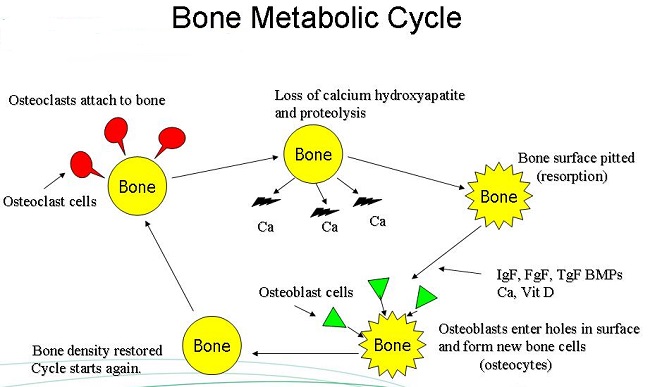
Osteo Arthritis (OA)
OA differs from RA in that it is a biomechanical condition caused by wear and tear on the joint tissues over a period of time. In this respect OA tends to be associated with older people from middle age onwards. However, it can also affect younger people where excessive impact on the joints has occurred through physical injuries, sporting activities or employment where repetitive heavy lifting is involved.[4] It is the most common of the arthritic conditions.
OA also has an inflammatory component but this is more a result of biomechanical wear and tear rather than being the causative factor. In the pathology of OA, the same pro inflammatory cytokines and leukotrienes as in RA are involved in inflammation and tissue destruction. However, OA involves additional mechanisms such as reactive oxygen species (ROS) activity coming into play resulting in an increased prevalence of cells which break down the tissues (catabolic chondrocyte activity), degrading the joint bone surfaces.
Cartilage degradation occurs as a result of an imbalance between catabolic chondrocyte activity and the balancing action of growth factors, transforming growth factor beta (TGF-β), insulin like growth factor (IGF) and bone morphogenic (bone building) proteins. Catabolic chondrocytes perform a natural function in the body breaking down cartilage which is normally balanced by the growth factor activity stimulating cartilage matrix synthesis and inhibiting proteolytic activity (the breaking down of proteins) to replace damaged and degenerated cartilage.[5]
In common with many other functions in the body, ageing creates changes in metabolic processes which result in regenerative functions falling behind those of degenerative ones ultimately creating the imbalance.
Age Related Arthrosis
Age related arthrosis differs from OA and RA by not being an inflammatory disease, just a degenerative condition in cartilage and bone. Age related arthrosis occurs naturally with ageing whether arthritis has previously been present or not. It is a condition that occurs simply as a result of ageing with the symptoms being pain and restricted mobility.
The pathophysiology involves breaking down of the joint cartilage to create a bone on bone junction due to a long period of wear and tear which is exacerbated by the activity of matrix degrading metalloproteinase enzymes (MMPs).
These enzymes are a natural component of the body, being involved in functions such as wound healing, cell adhesion, apoptosis (controlled cell death) and the normal degradation of cartilage. Four of the more than twenty MMPs are specifically involved in cartilage degradation.
Under normal, healthy conditions the activity of these MMPs are mediated by other natural components of the body called TIMPs (tissue inhibitors of metalloproteinases) which ensures the health of the joint cartilage. After about 60 years of age the availability of sufficient TIMPS to counter the natural expression of MMPs is reduced allowing the continuing break down of joint cartilage and bone with no replacement.
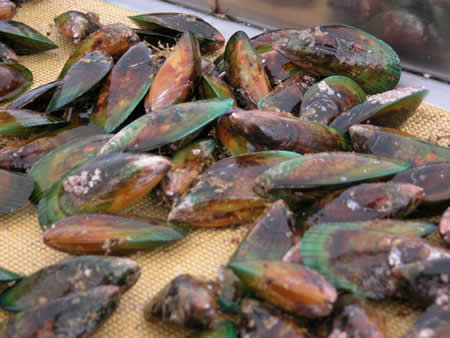
The Green-Lipped Mussel
A Brief History
The Green–Lipped mussel species Perna canaliculus is native to New Zealand waters where it has been used as a valued food source since before European settlers arrived more than 200 years ago. However, during the 1960s scientists discovered unique and valuable therapeutic compounds in animals and plants that lived in the seas and oceans. The bioactive components in these marine organisms involved were often difficult to extract and purify for use in medicinal treatments as they were present in small amounts.
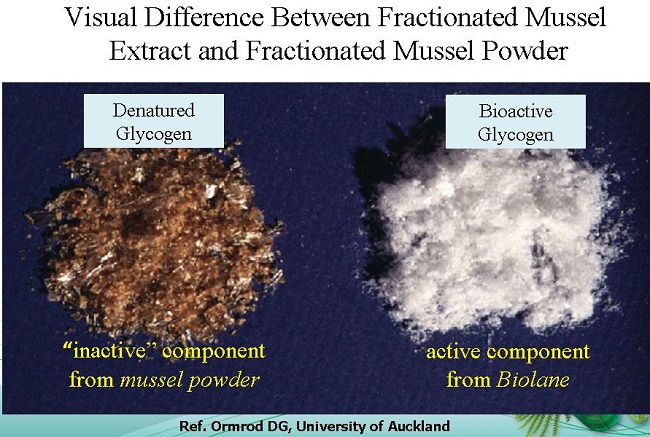
As a result research into animals and plants that could be cultivated on marine farms to yield a reliable source of bioactive materials took place. This lead to research, commencing in 1972, into the possibility of the Green-Lipped mussel containing bioactive since a ready supply of cultivated stock of these was already available from a marine farm growing this shellfish for food.
The research indicated that an extract of this mussel (Perna canaliculus) had anti-inflammatory activity. As a result of this initial research, further research has produced published papers for a range of laboratory and clinical studies. These have demonstrated the mechanisms responsible for anti-inflammatory, anti-histamine and gastro-protective activity in a specific brand of Green-Lipped Mussel Extract (GLME) named Seatone, plus clinical evidence.[6-12] More recent clinical studies in animal subjects (dogs and horses) have indicated that this proprietary brand of GLME is also effective in mediating degenerative joint conditions.[13,14]
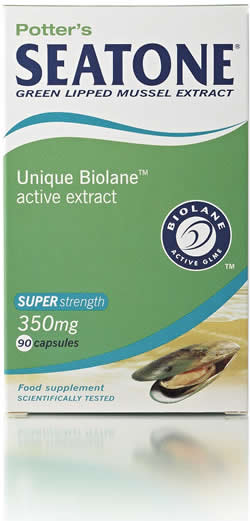
GLME in Degenerative Joint Processes
The pathology of joint tissue degeneration directly involves the activity of the enzymes described earlier and called matrixmetalloproteinases (MMPs), in particular MMPs 1, 3, 8 and 13. There are several types of collagen proteins, the main ones in joint tissue are type 11 and in skin tissue type 1. The other types are not dominant, however may be present.
The table below shows the specific functions of these four MMPs.
Table 1. Pathological Functions of MMPs 1, 3, 8 and 13 in Joint Tissue Degradation
|
MMP-1 |
Interstitial Collagenase. Principally responsible for cleaving fibrillar collagens types 1, 11, 111. |
|
MMP-3 |
Stromelysin. An extracellular endopeptidase. It digests proteoglycan, fibronectin, and collagens 111, 1V, 1X and activates the procollagenase enzyme |
|
MMP-8 |
Collagenase 2. It cleaves triple-helical collagens 1, 11 and 111. |
|
MMP-13 |
This MMP plays a physiological role in the degradation of the extracellular matrix that present in skeletal tissues |
Aberrant expression of these MMPs is substantially increased in response to inflammatory markers such as Tumor Necrosis factor –alpha, (TNF-α) and Interleukin 1-beta (IL-1β). These cytokines are also expressed in RA providing an explanation for the fact that chronic RA and OA can both have the same outcome in terms of degeneration of joint tissue. In age related arthrosis the degenerative activity of these MMPs is mainly due to the insufficiency of TIMPs to mediate it.
In addition to the two randomized, double blind clinical animal studies referenced above which evidenced inhibition of joint degenerative processes by GLME, GLME has been exclusively shown, in validated, in vitro studies, to significantly inhibit the activity of the four MMPs described above in addition to inhibiting the expression of cytokines involved in aberrant MMP expression.
The in vitro studies were conducted on both the proprietary GLME extract and a pepsin / hydrochloric acid digest of the extract to simulate oral consumption.[15]Further studies into specific mechanisms of MMP inhibition by this GLME extract are continuing at a New Zealand University.
The combination of anti-inflammatory and anti-degenerative activity in this one extract of Green-Lipped mussel makes it a particularly valuable, natural product to address the effects of ageing on articular joint health.
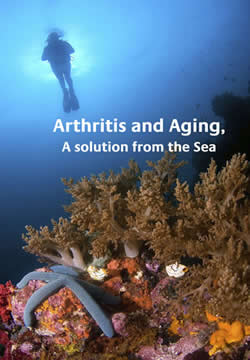
References
1. Plenge RM, Seielstad M, Padyukov L et al. “TRAF1-C5 as a Risk Locus for Rheumatoid Arthritis — A Genomewide Study”. N. Engl. J. Med. 357 (12): 1199–209. September 2007.
2. Padyukov L, Silva C, Stolt P, Alfredsson L, Klareskog L. “A gene-environment interaction between smoking and shared epitope genes in HLA-DR provides a high risk of seropositive rheumatoid arthritis”. Arthritis Rheum. 50 (10): 3085–92. October 2004.
3. Sugiyama D, Nishimura K, Tamaki K, Tsuji G, Nakazawa T, Morinobu A, Kumagai S “Impact of smoking as a risk factor for developing rheumatoid arthritis: a meta-analysis of observational studies”. Ann Rheum Dis. 69 (1): 70–81. Jan 2010.
4. Loeser RF, Shakoor N. Aging or osteoarthritis: which is the problem? [review] Rheum Dis Clin North Am. 29:653–73. [PubMed]. 2003.
5. Kurz B, Lemke AK, Fay J, Pufe T, Grodzinsky AJ, Schunke M. Pathomechanisms of cartilage destruction by mechanical injury. Ann Anat. 187:473–85. [PubMed]. 2005.
6. Miller TE, Ormrod D. The anti-inflammatory activity of Perna canaliculus (NZ green-lipped mussel). NZ Med J. 92: 187-93. 1980.
7. Couch RAF, Ormrod DJ, Miller TE, Watkins WB. Anti-inflammatory activity in fractionated extracts of the green-lipped mussel. NZ Med J 95 (720): 803. 1982.
8. Miller TE, Ormrod DJ, Findon G. Evaluation of the effect of Seatone administration on cell-mediated immune mechanisms determined using in vitro and in vivo analysis of T lymphocyte function. Private study in the Department of Medicine, University of Auckland, 1984.
9…Audeval B, Bouchacourt P. Double-blind, placebo-controlled study of the mussel Perna canaliculus (New Zealand green-lipped mussel) in gonarthrosis (arthritis of the knee). La Gazette Medicale 93 (38): 111. 1986.
10. Gibson, R. G., Gibson, S. L. M., Conway, V., Chappell, D. Preliminary therapeutic trial of Perna canaliculus in the treatment of arthritis. 1979.
The Victoria Infirmary, Glasgow, and the Department of Clinical Pharmacognosy, Glasgow Homeopathic Hospital, The Practitioner 224: 955-60. 1980.
11. Othman Y. Efficacy of Seatone in Osteoarthritis of the Knee, Orthopedic Surgeon, President of Jordanian Orthopedic Society, Private Practice in Amman, Jordan, 2002.
12. Khalaf Wae’l A. Conservative Management of Early Knee Osteoarthritis.
Consultant Orthopedic Surgeon, Knee Specialty Center, Specialty Hospital, Amman, Jordan. 2003.
13. Pollard B, Guilford WG, Ankenbauer-Perkins KL and Hedderly D. Clinical Efficacy and Tolerance of an extract of Green-Lipped Mussel (Perna canaliculus) in dogs presumptively diagnosed with degenerative joint disease. New Zealand Veterinary Journal 54 (3); 114-118, 2006.
14. Cayzer J, Hedderley D, Gray S., “A Randomized, Double-Blinded, Placebo-Controlled Study on the Efficacy of a Unique Extract of Green-Lipped Mussel (Perna canaliculus) in Horses with Chronic Fetlock Lameness Attributed to Osteoarthritis”, Equine Vet J 2012;44:393–398, 2011.
15. Private communications from an independent research laboratory for studies conducted for the New Zealand company producing the proprietary GLME. 2006.
Comments:
-
Robert Allinson said..
Hi John,
I discovered Seatone from an early book of yours over 30 years ago and it helped my arthritis. I have just now rediscovered your contact details and will be ordering Seatone again. I previously ordered XL and will stop it. Are there significant differences between XL and Seatone? Thanks for your discovery! P.S. I was in the South Island while a Visiting Prof at the University of Canterbury - I loved New Zealand.
Robert